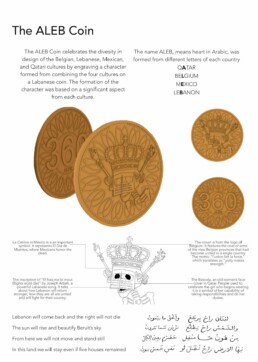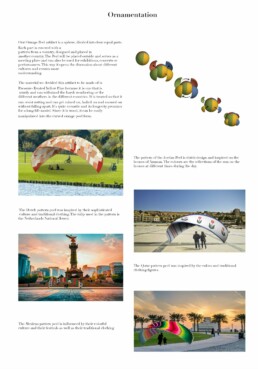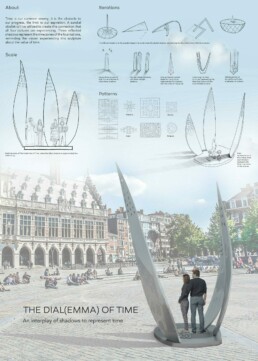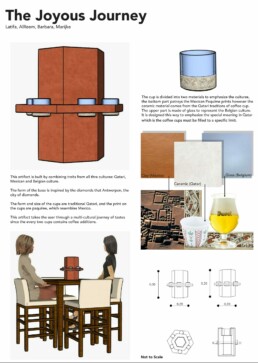Cultural Synergy 2020 Design Beyond Boundaries
Welcome Belgium & Quatar & Mexico
This charrette is about process over product.
Utilizing the varied opportunities for distance communication you will explore the design brief and apply evidence-based solutions. Your group will consist of students from the multiple internationally located academic institutions with peers of varied academic levels. All students will have the same introduction to the project topic.
It is your group’s responsibility to determine team management, format program, develop collaboration methods and distribute process work-loads, in order to produce a creative and expressive final submission. Although this is a rudimentary exploration of human differences, it will pave your path to understanding the complexities of the topic. Embracing the process will result in a positive outcome for your artifact.
Throughout the charette, all participants are expected to engage professionally and ethically in this collaboration and with other participants (teachers and students), respecting their opinions and worldviews.
Take a look at our 6 collabs:
Njoud Alsuwaidi (VCUQ) – Alanoud Ashar (VCUQ) – Andreea Mailat (TMH) – Mildred Acosta (UDEM)
This design concept merges the idea of the Maracas, the Huichol, the Merash and the lavender perfume. The Maracas is a mexican instrument used by shaking, the pebbles inside create a sound that help to relieve the stress. The Merash is a traditional Qatari perfume bottle, when shaken to spread the scent across the room. The perfume used in our artifact is lavender perfume wich is produced in Belgium.
Mariam Kraidli (VCUQ) – Maryam Alsayed (VCUQ) – Olivier Van Hamme (TMH) – Gabriela Miller (UDEM)
The ALEB coin celebrates the dives in design of the Belgian, Lebanese, Mexican and Qatari cultures by engraving a character formed by combining the four cultures on a Labanese coin. The formation of the character is based on significant aspect from each culture.
AIdana AIMuhannadi (VCUQ) – Nadine AiSous (VCUQ) – Birgitte Loeff (TMH) – Elsa Paola Paez (UDEM)
Our Orange Peel artifact is a sphere, divided into four equal parts. Each part is covered with a pattern from a country, designed an placed in another country. The Peel will be placed outside and serves as a meeting place and can be used for exhibitions, concerts or perfomances. This way it opens the discussions about different cultures and creates more understanding.
Noof-Al-Naama (VCUQ) – Maha Masri (VCUQ) – Katrien De Keyser (TMH) – Karla Albo (UDEM)
Time is our common enemy. It is the obstacle to our progress, the limit is our aspiration. A sundial obelisk will be used to create this connection that all four cultures are experiencing. Three reflected shadows represent the time zones of the four nations, reminding the visitor about the value of time.
AIReem AIKubaisi (VCUQ) – Latifa AIFuhaid (VCUQ) – Marijke Jans (TMH) – Barbara Barredo (UDEM)
This team created an artifact with a base inspired by Antwerp Diamonds. The form and size of the cups are traditional Qatari and the print are paquime, wich resembles Mexico. This artifact takes the user through a multi-cultural journeyof tastes since the very two cups contains coffee additions.
Deema AI Muraikhi (VCUQ) – Khaled AI Dosari (VCUQ) – Iris Vermeiren (TMH) – Daniela Garza (UDEM)
A wall that gives you 2 perspectives, one side for uniting the cultures – the other side for celebrating the differences between the cultures. A wall to inspire individuals of different cultures.






